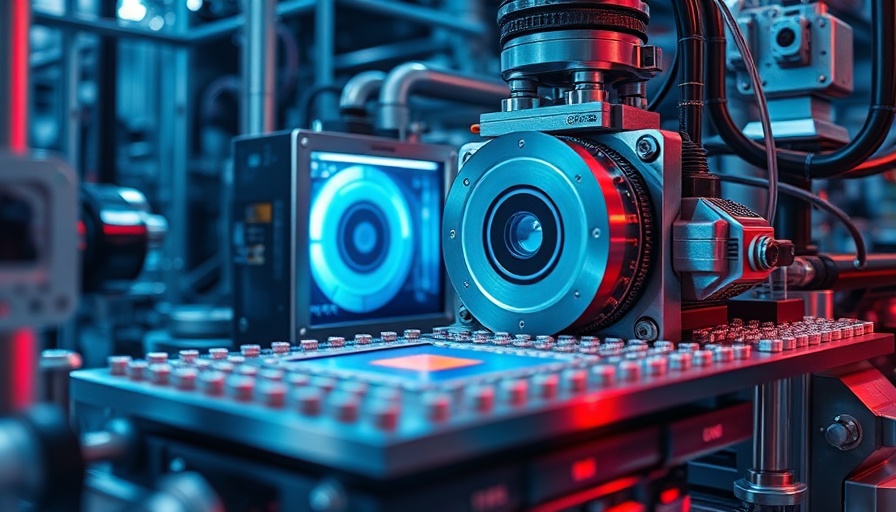
The Semiconductor Boom: Why ASML is Your Best Bet
In the rapidly evolving world of technology, ASML stands out as a beacon in the semiconductor industry. As artificial intelligence (AI) fuels an unprecedented demand for computing power, the importance of high-performance semiconductors cannot be overstated. Unlike traditional semiconductor companies like AMD, which face stiff competition, ASML has forged a near-monopolistic position in the lithography equipment sector, essential for chip manufacturing.
Understanding ASML’s Unique Dominance
ASML is the only manufacturer of extreme ultraviolet (EUV) lithography machines, which are necessary for producing the latest generations of semiconductors. This critical technology is indispensable for creating chips that are integral to AI application deployments across various industries, from automotive to cloud computing. As such, ASML's devices are expected to have long lifespans, with about 95% of machines sold in the last three decades still operational, ensuring a steady stream of service revenue for the company.
The Catalyst for Growth: AI Demand
According to industry forecasts, the semiconductor market is projected to reach approximately $697 billion in 2025, showing a substantial increase from past years. As AI technologies continue to grow, the need for advanced chipsets has surged. Many experts agree that a robust, long-term growth trajectory is on the horizon for the semiconductor sector as both government backing and AI advancements contribute to this trend. For those bullish on AI, investing in ASML seems particularly sound.
Price Valuation: A Balanced View
Despite ASML's higher-than-average valuation, trading at a price-to-earnings (P/E) ratio close to 33, analysts argue that the company's technological advantages justify its premium. Similar sentiments are echoed in reports indicating ASML maintains strong pricing power and a stable revenue model compared to its competitors. For AI enthusiasts eager to ride the burgeoning wave of this technological revolution, ASML appears to be a compelling investment.
Challenges and Risks to Consider
While ASML presents numerous opportunities for growth, it’s not without risks. External factors like geopolitical tensions can impact supply chains and manufacturing capabilities. Furthermore, cyclical risks inherent in the semiconductor market could affect the overall stock performance. Hence, potential investors must weigh these challenges against the backdrop of ASML’s strong market position.
Future Predictions: Soaring Stock Potential
With an historical average annual return of 27.7% over the past decade, ASML's stock is poised for further growth as demand for semiconductors escalates. Many analysts anticipate that ASML's strategic positioning will allow the company not only to weather market fluctuations but to thrive in the coming years as businesses shift increasingly towards AI-centric models. This outlook makes it a worthy alternative to AMD for those investing in the semiconductor space.
Wrap Up: Should You Invest?
In conclusion, while AMD remains a popular choice, ASML's unique market position, driven by persistent demand for AI capabilities and its enduring technologies, makes it an attractive option. As you consider your investment strategy in technology, keep ASML on your radar. The intersection of AI innovation and semiconductor production is critical, and ASML is at the forefront of this dynamic landscape. Don't miss the opportunity to invest in the future.
Investors interested in AI news and trends should keep a close eye on ASML as we navigate this exciting technological frontier. By aligning your portfolio with such industry leaders, you prepare yourself for the inevitable advancements on the horizon.
 Add Row
Add Row  Add
Add 




Write A Comment